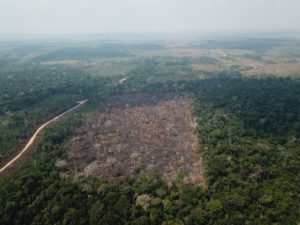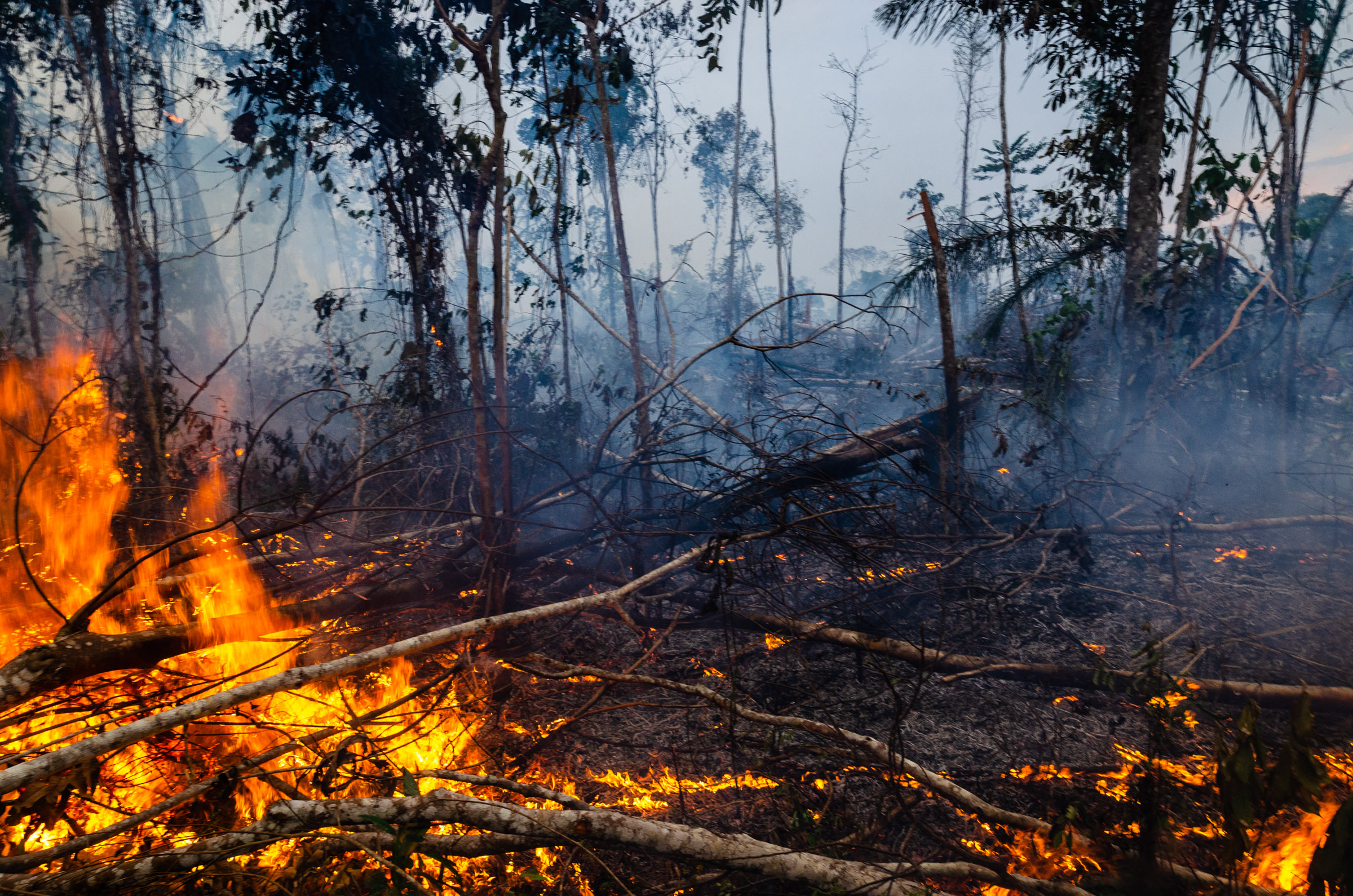Most of the leather produced in Brazil, about 80 percent, is sold abroad, with China as the main buyer, acquiring more than 27 percent of the material. The issue, according to the Brazilian Institute of Geography and Statistics (IBGE, in Portuguese), is that of the five main states that supply rawhide, which is the first stage in the leather-making process, three are in the Amazon: Pará, Rondônia, and the northern region of Mato Grosso.
Leather manufacturing in the Amazon region accompanies the shift in cattle ranching to this part of Brazil. Not surprisingly, Pará and Rondônia were the two Brazilian states with the highest cattle herd growth in 2020, according to IBGE. In addition, Pará, Rondônia, and Mato Grosso have been leading deforestation rankings in the Legal Amazon in 2021, along with the state of Amazonas, according to the Brazilian National Institute for Space Research. Pará alone, with the worst deforestation rates, accounts for 5,257 square kilometers of devastation.
Worldwide, cattle ranching is one of the activities that contribute most to deforestation, alongside soybean and palm oil production and logging, according to a study by the Union of Concerned Scientists, a U.S. nongovernmental organization founded by scientists at the Massachusetts Institute of Technology.

In late 2019, large global companies in the fashion industry even suspended the purchase of Brazilian leather, claiming that they had no way to ensure that its production did not harm the environment. At the time, the Brazilian government argued that the leather industry in Brazil was sustainable because it required a sustainability certification from exporting tanneries. Environmental experts, however, say it is difficult to keep track of the supply chain.
“Between the first farm and the final retailer, there are usually several stages of leather processing and manufacturing by various companies in different countries. Production in Brazil can involve complex elements, such as real estate speculation and corruption,” said Christina MacFarquhar of Global Canopy, a U.K.-based non-profit, whose goal is to provide market data on potentially environmentally negative activities.
In addition to its demand for leather, China is also the largest importer of Brazilian beef — the South American country is the world’s largest beef exporter. In September 2021, China was responsible for buying 56 percent of the Brazilian beef exports, according to data from the Brazilian meat-packers association (Abrafrigo, in Portuguese).









